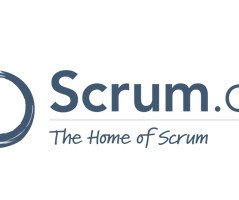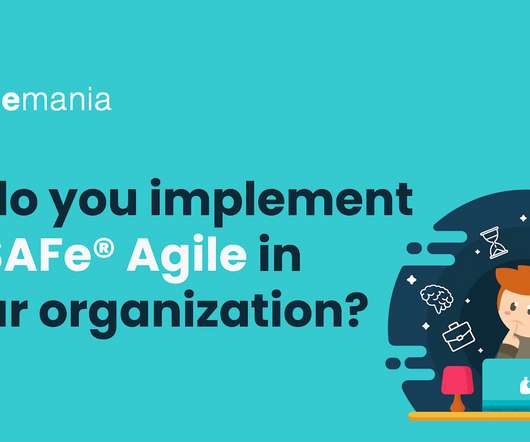All technical debt is a risk to the product and to your business
Scrum.org
DECEMBER 8, 2023
So why is so much of software opaque to the business? I hear the phrase “but not all debt is bad” a lot, usually coupled with “some level of debt is manageable” and, as a software developer, it makes me cringe. This commercial product was built using traditional project management practices and delivered on a two-yearly cadence.













Let's personalize your content